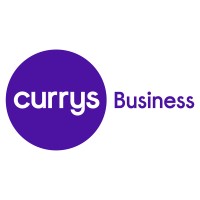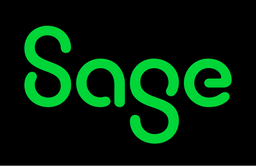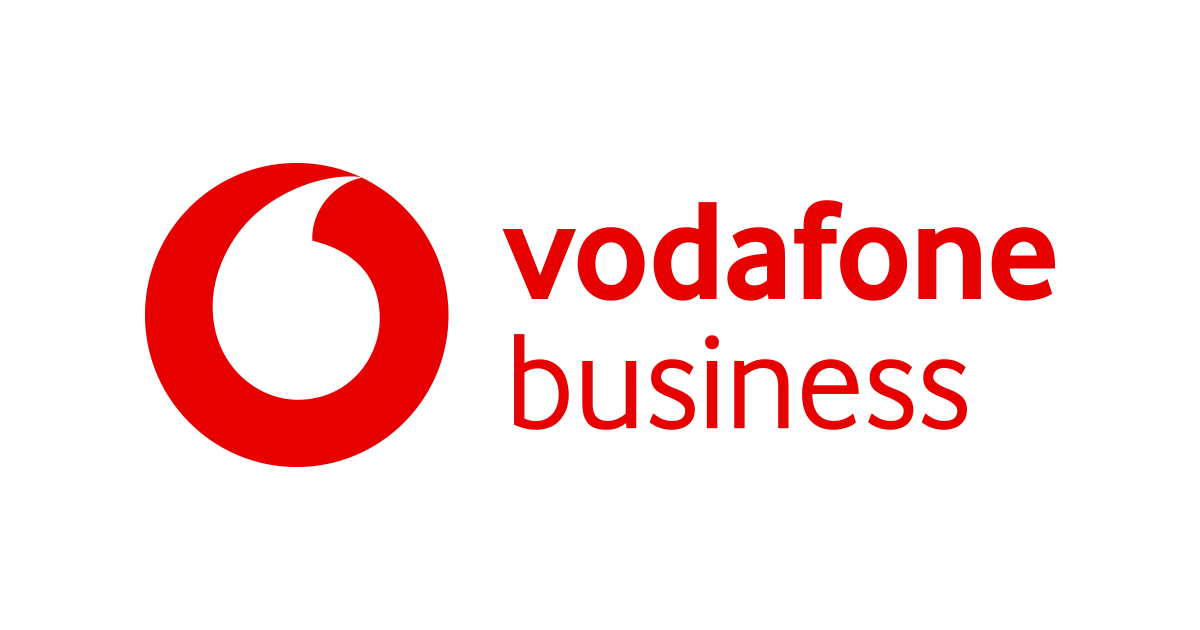Our community of experts answer your questions
If you’ve ever wondered how long the ideal pitch should be, or what exactly an investor wants to hear, then we can help. The Pitch has been running since 2008 and in that time, we’ve seen and heard it all.
If you have something laying heavy on your noggin and good old Google just isn’t coming through – then fill in the form below and we’ll get it answered.
We’ll then list all the Q&A’s we receive below, so you can see if your puzzle has already been solved.
Our aim is to create an easy cheat sheet for all things startup, which you can access anytime, anywhere. So go ahead! We live to give.
Questions we’ve answered so far…
Q: There are so many highlights about my business that I don’t know how to package them concisely without missing out important information. Where do I draw the line to create FOMO? (Anonymous)
A: Getting a complex proposition into a succinct pitch deck is a real challenge! It may be worth bouncing the ideas around with others to get alternative views on how you could present your information. A good pitch deck is almost always a result of an iterative approach which has been widely reviewed and discussed with others.
Generally, investors would rather see a longer / more verbose pitch deck in preference to a pitch deck which doesn’t show the full potential of your business so the adage ‘less is more’ isn’t necessarily appropriate here.
Sam Simpson, COO, FounderCatalyst.com
P.s to book a free 30 minute coaching call with Sam for more advice how to raise investment, head to this page.
Q: Should we include pictures of the product at the start of the deck? And, what’s the best way to introduce the solution we’ve developed? (Rav Roberts, CEO and co-founder of medsii)
A: The first slide of your deck needs to grab people’s attention by telling them exactly what the deck’s about.
You need to focus on the customers and the challenge you’re solving for them. Don’t start with your product or be wedded to a single solution. Introduce your product in an ambient way – lead people to the product you’ve built by talking about the market and the customers you are targeting.
Mark Panay, co-founder of Simpleweb
Q: We’ve started trading and have a number of retail listings in the UK and abroad. We don’t know how much equity we should give away in our seed round, what do you think about it? (Daniela Orrego, co-founder of Loro Crisps)
A: Everyone has a different opinion. Over the last decade of investing, we’ve found that it’s better to be generous with equity in the first round to secure the cash and investor expertise you need to really push the business forwards. Being successful – and therefore controlling that narrative – means you can raise for less equity in future rounds because people will be biting your hand off. If you haven’t made the right kind of progress, it’ll be tough to raise what you need.
Mark Panay, co-founder of Simpleweb









